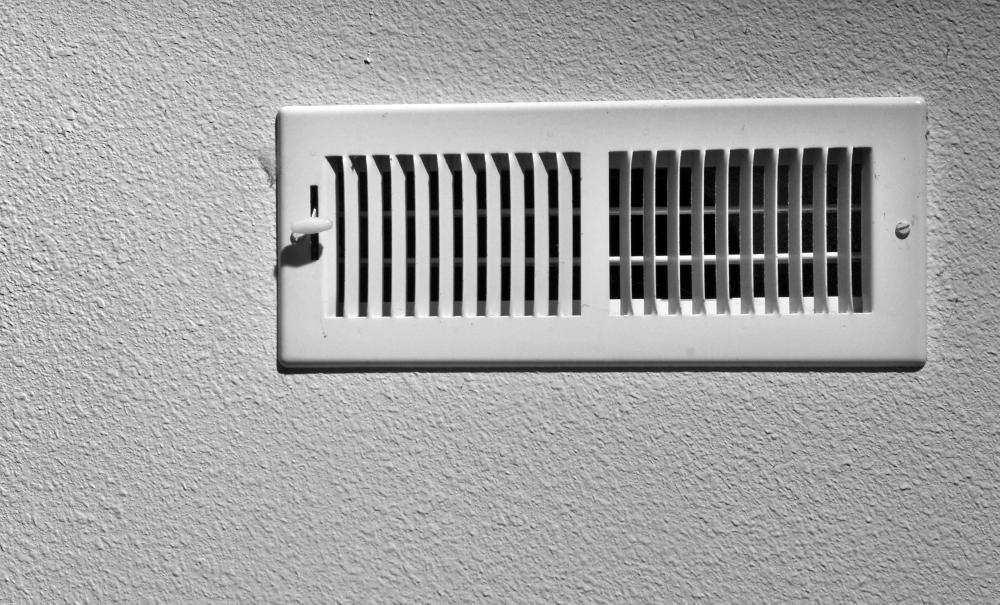

To complete, cut and fit your flooring flush to all sides of the frame. Make sure the frame does not shift, and then use finishing nails to attach the register to the sub-floor. Next, drill a small pilot hole inside the recessed area of the frame at an angle. If you are installing a flush-mount floor register, start by positioning the integral flush mount frame (included) over the duct opening, allowing even spacing on all four sides. That's it! Gravity alone will keep your floor register flat in place however, if you have a high-traffic space with dogs/kids, you can choose to secure the grille/register cover down by using a screwdriver/screws to tighten the holes. If you are installing a standard floor register, start with fitting in the louver frame (sold separately) directly into the air duct opening the lip of the register should be sitting on top of the floor. If you choose to add the underside lip with your order, note that your vent cover must be cut to the exact "inside" measurements or a little bit bigger (otherwise there’s a chance your underside lip will not fit). The border that runs around that lip and sits on top of your opening is approximately 3/16" thick. This lip on the back ranges between approximately ¼" to ½" deep and fits nicely into the ductwork. The options are up to you and your home needs.Īlthough optional for ceilings or walls, an underside lip is used to hold the register/grille in place. Other customers use screw holes to prevent children from lifting the grille out of the opening. Many customers use screw holes when installing on carpet because the carpet is often too thick and the lip of the grille doesn't catch in the opening. When installing into a wall or ceiling you need screw holes, while with a floor application it's your preference (more on that next). The reference to holes refers to the screw holes for mounting the grille. Remember that registers or grilles installed on ceilings and walls both require holes/screws (and a screwdriver for easy installation). Grille/Register Review: What Exactly Are Holes & Lips? Your register should now be settled in (and looking good!) on your wall or ceiling. Next, simply mount the wall or ceiling air register either by tension-fitting with spring clips or by securing it in with screws in the front lip if there is a lip. With your new grille/register, the (optional) lip of the register should be flush against the wall or ceiling surface, and the louver frame (sold separately from the grille itself) should fit neatly into the air duct opening.

If you are removing an existing grille/register, be sure to remove that first by using a screwdriver to unscrew and take off the old cover from the wall or ceiling.
#VENT COVER WALL HOW TO#
How to Install Air Vent Covers on Ceilings & Walls Below are some basic how-tos and tips to keep in mind when it comes to how to install floor, wall, and ceiling vent covers. We’re going to cover how to install vent covers. Here at Reggio Register, we’re here to tell you to not sweat it. But now as you look at the open vent holes in your floor, ceiling, or wall, you may wonder “how exactly do you put on these covers? Are there special tools involved? Do I need to be handy? or “wait, is putting this register in really as easy as it seems?” You unbox it, and are thrilled with the way it looks and feels. You’ve ordered and received your new beautiful grille or register from Reggio Register.


 0 kommentar(er)
0 kommentar(er)
